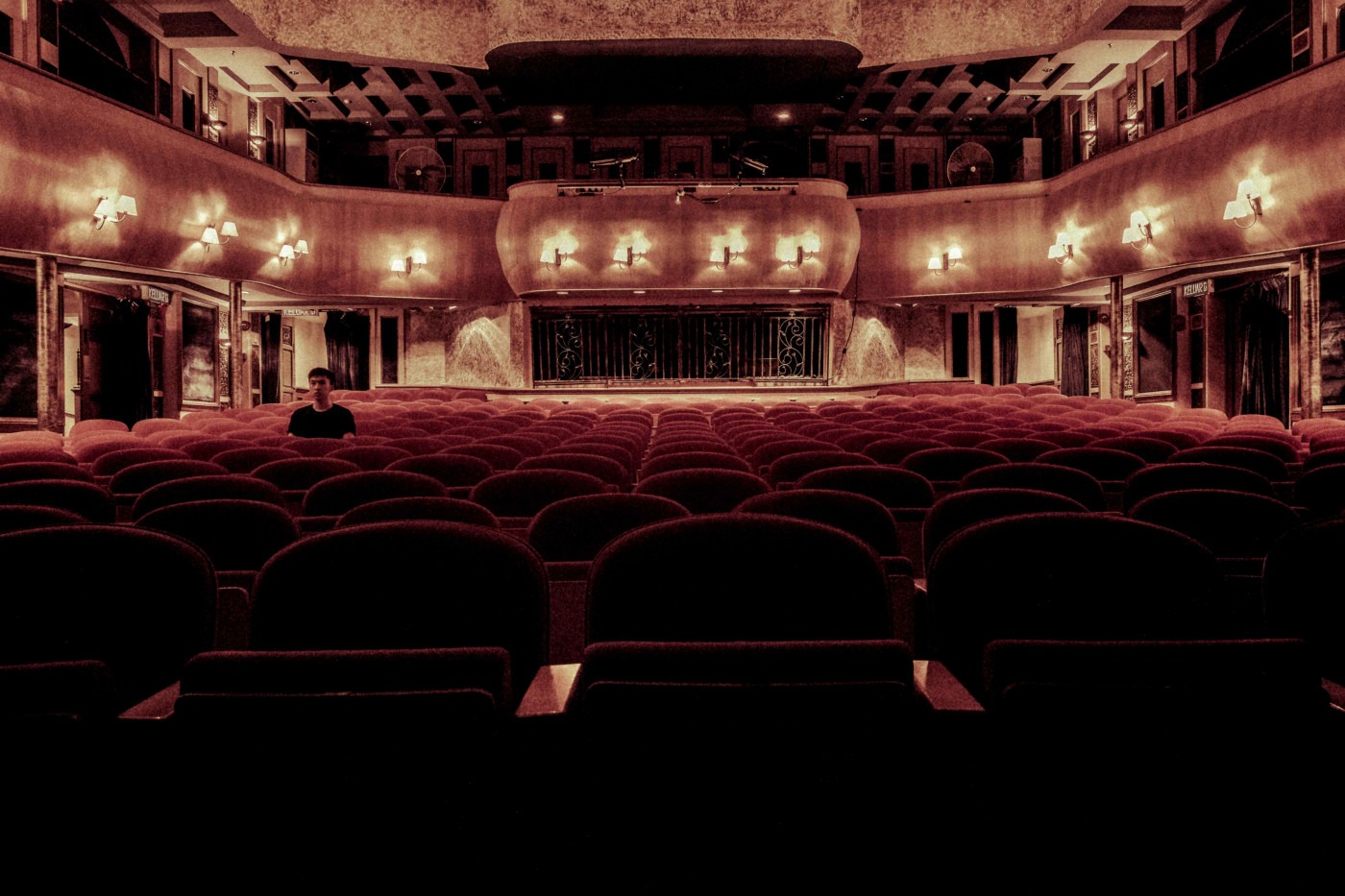O’Casey Revisited: Juno and the Paycock at the Gieguld Theatre
A barren stage, soaked in cold light. Two drunken old men, one paralysed on the wooden floor, the other picking off the floorboards of Rob Howell’s classical set. As one these floorboards are picked off, a warm gleam emanates from below. The old man reaches down to this glow and produces a gun. A short flash, an echoed blast, and his friend is struck down dead, and by the end of Matthew Warchus’s reimagining of Sean O’Casey’s Juno and the Paycock, you are left with a horrifyingly potent theatrical metaphor. I was first introduced to O’Casey in school, and was moved by this tragi-comedy of a drunken old man, a powerful matriarch and their doomed children. Nevertheless, I still got a good shock to my system by the ending, as Warchus goes full throttle in a uniquely expressionistic approach to O’Casey’s largely realist plot. But the great thing about this production of a century old classic is that it not only plays along with the parameters of O’Casey’s early 20th century modernist style, but finds the play’s artistic potential and brings issues of class, nationalism and unhealthy family dynamics to the fore.
O’Casey places Juno, the stern but steady matriarch, as the emotional heart of the play
Mark Rylance stars as the play’s tragically comic leading man, Captain Jack Boyle – a perpetual drunk who lives off of his delusions of grand sea adventures and rousing republican myths of “Easter Week” and the fenian rebels of 1848. His masterful performance completely takes over the show in all the right ways. From his tussles and schemes with his pal Joxer Daly, played with ease by Paul Hilton, to his domestic spats with Juno, Rylance threads the needle of the little drunken man that marks Boyle’s appearance and the deeply disgruntled, pathetic shell of a man he truly is. However, O’Casey places Juno, the stern but steady matriarch of the Boyle’s one room tenement, as the emotional heart of the play.
J. Smith Cameron captures the inherent frustration that drives Juno’s rage and rousing hope. Although her northside tone can dip in and out, she gets the drive that keeps Juno going. She’s always doing something onstage and you can see the gears moving, especially in the scene where the newly rich Boyle’s are having tea with the southsider Mr. Bentham. Juno not only understands and keeps on track with the gentleman’s complex theories from the east, but challenges him and produces theories of her own, Cameron is at her best when Juno is at her best, which is not too often, but strikes where it counts. All the while her husband sits, confounded and mute, and when he does speak, he comically refutes all the past slanders he had in the act before. Rylance still steals the scene though, delicately holding his china cup of tea only to slip and hurl the drink across the room.
Warchus, as he does through his entire direction, goes a step further than O’Casey’s original work
Although characters like Joxer and Anna Healy’s mirthful Mrs Madigan express all of O’Casey’s comedic talents, the play inevitably bows down to its innate tragedy. All the money and the prestige that was gained and so lavishly embellished in the first acts, now become the instigating pains that cause the Boyles’ moneyed dreams to shatter to pieces. Praise should be counted towards Howell’s design for this downfall. As the family begins to fall apart, a huge marble statue of Christ dead in the arms of Mary looms over the stage. Warchus and Howell employ a kind of expressionistic design to elevate the narrative’s realist tragedy. A cross hanging in suspension over the action, harsh shadows that follow the Anti-Treaty IRA irregulars, and the final stripping away of the floorboard set itself breathes new life into a story which is so used to be shown in complete realism. In the final scene, the text calls for Boyle and Joxer, lying down rat faced, and ending the play on a banal and almost cyclical image. Warchus, as he does through his entire direction, goes a step further than O’Casey’s original work, using apt visual poetry to correspond with O’Casey’s poetic dialogue.
This production, and the play itself, are nothing short of a diamond in the rough
Ultimately, this production, and the play itself, are nothing short of a diamond in the rough. O’Casey’s work seems to be at its most effective when his tragic poetry registers with our present realities. During the gruelling years of the Troubles, the black humour and challenging moral lessons seen in productions of The Shadow of a Gunman and The Plough and the Stars were dusted off and put rightly back in the spotlight. Our generation, both for Irish and British audiences, is no different. Arthur Miller once wrote that Sean O’Casey had a “gift of laughter that left you in tears for the human race.” Certainly, the final moment of this production brings that same sensitivity for our collective woes. A suddenly sober and alone little man stands in spotlight, with the friend he just carelessly shot dead on the floor, he shouts out to us: “The whole world’s is in a terrible state of chassis!”.

Comments